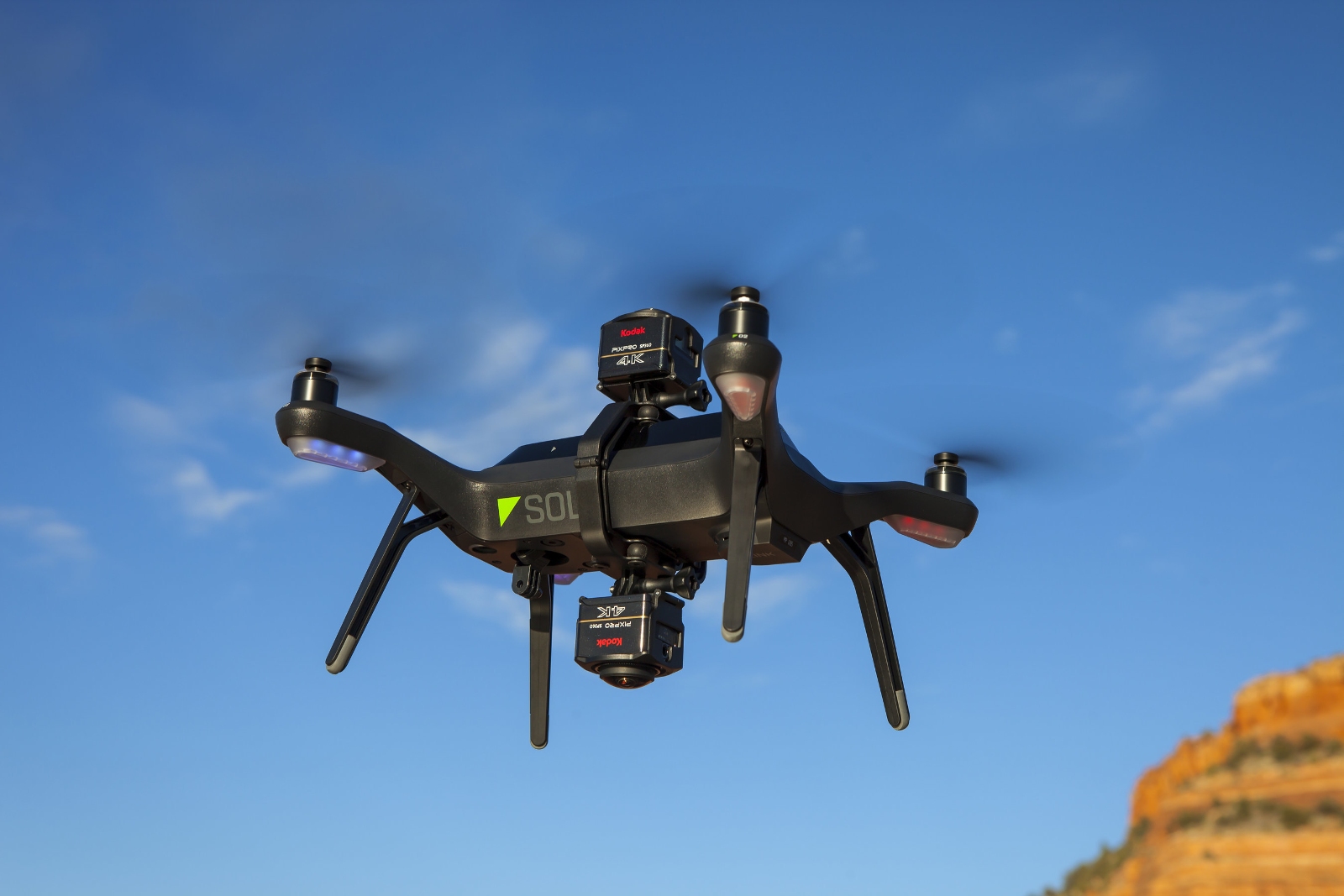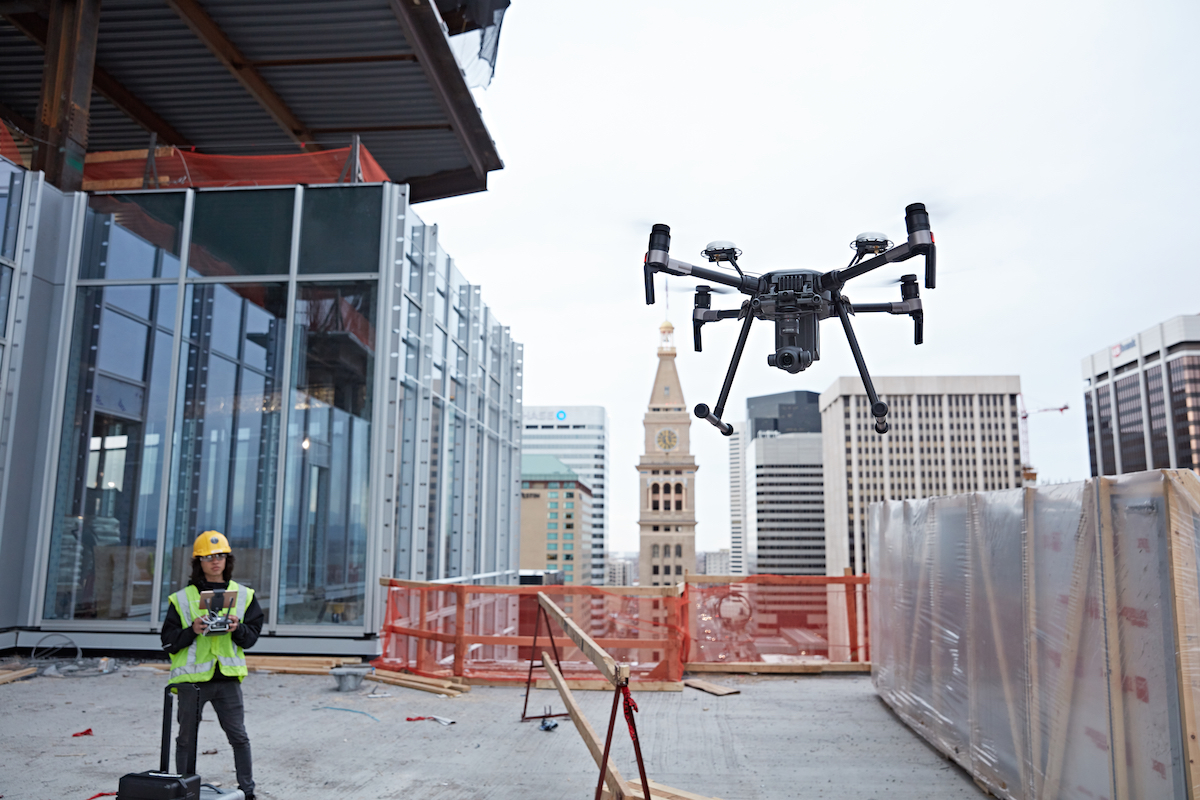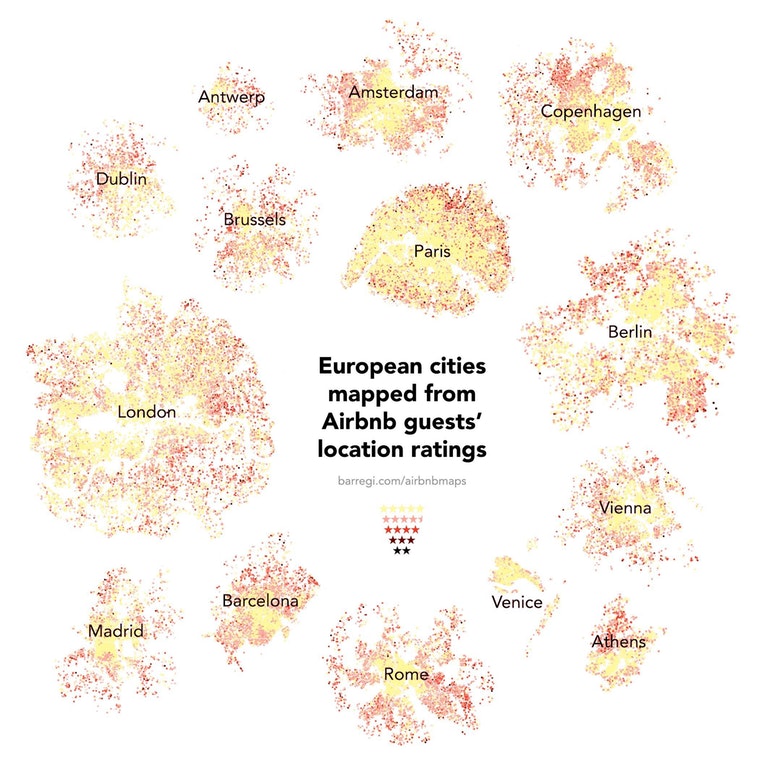
3DR’s fall from being the ‘American DJI’ to just one of its many partners
There’s no shame in admitting defeat. But when you are admitting defeat to your old nemesis, it’s got to sting a bit. In times like these, you must remember something a wise man, who goes by the name of Tyrion Lannister, once said, “Once you have accepted your flaws, no one can use them against you.”
So Chris Anderson shrouds the blow in the cloak of candor and decides to tell it like it is. “I think we just got beaten fair and square,” the CEO and co-founder of California-based drone startup 3D Robotics (3DR) admitted to Fortune in a recent interview. “They were just amazing,” he says of DJI, the China-based UAV manufacturer everybody thought 3DR could take on.
But when everybody thought that, it was early 2015. In early 2015, 3DR was America’s largest consumer drone manufacturer, the ‘American DJI’. It had raised almost $100 million in venture capital and investors had valued the company north of $360 million. In early 2015, 3DR had four offices, 350 employees, and a bright future.
Then came the Solo, the flagship drone 3DR was betting all its chips on. Based on an open source platform, this quadcopter was positioned as the be-all and end-all of all consumer drones – the masterpiece that would cement 3DR’s position as #1 American drone manufacturer. The company hoped to sell around 100,000 units in the first calendar year and quickly poured its riches into the flying robot’s manufacturing.
Despite slick PR & marketing techniques (“Gives you superhuman powers for $1,000”) as well as partnerships with major retailers like BestBuy, the sales of Solo, quite literally, refused to take off. Those who did buy the product reported issues with loss of GPS signal – a catastrophe for a machine that is based on the power of navigation. The company also failed to launch the gimbal, a device that stabilizes the camera, for full two months after the drone had been out in the market – practically rendering the UAV useless. Clearly, the makers had overpromised and under-delivered.
DJI, meanwhile, reacted by slashing prices and delivering new and better products even faster. Twisted by the arm, 3DR had no choice but to change its business strategy to focus on the enterprise market instead, laying off hundreds of staff members in the process. “We got knocked down for a really simple reason: We made too many Solos, especially given how fast our competitors dropped prices and flooded the market,” former 3DR President Jeevan Kalanithi wrote in an email circulated company-wide.
For the enterprise market, 3DR developed a drone data software platform called Site Scan. Aimed especially at the construction industry, the technology focused on supporting architects and engineers to survey and measure the site better. Plausibly, 3DR began the process of projecting itself as a core technology company, instead of a manufacturer.
But its core technology was also feeling the heat of limitations that came from its carrier, the Solo. After all, the affordable and versatile DJI was the vehicle of choice for the smaller construction companies – a market the struggling drone startup couldn’t afford to ignore. So, last week, 3DR did what nobody in the industry could have imagined back in 2015. It inked a partnership deal with DJI, making Site Scan software compatible with the latter’s drones.
Talking about his motivation behind sleeping with the enemy, Anderson told Construction Dive, “DJI is not only a viable choice in that their drones work well and have an open application programming interface, but they are also innovating so quickly that you can be pretty sure that whatever the future of drones is, DJI will be the first to have it.”
By opening up its technology to a whole new group of users who swear by its rival, 3DR has effectively made the last-ditch effort to future-proof itself. And that, ultimately, is the masterstroke which could help the company survive.








